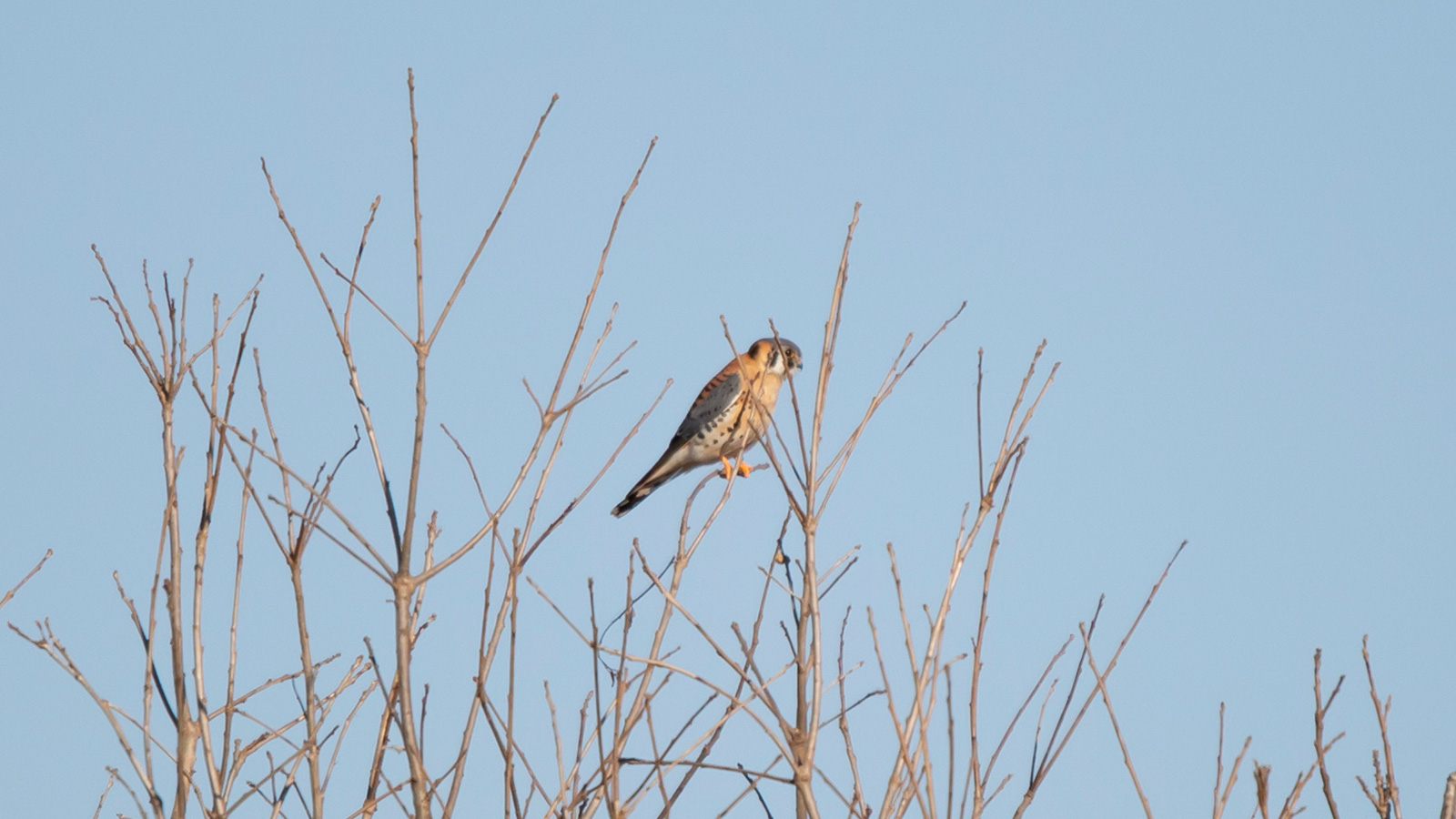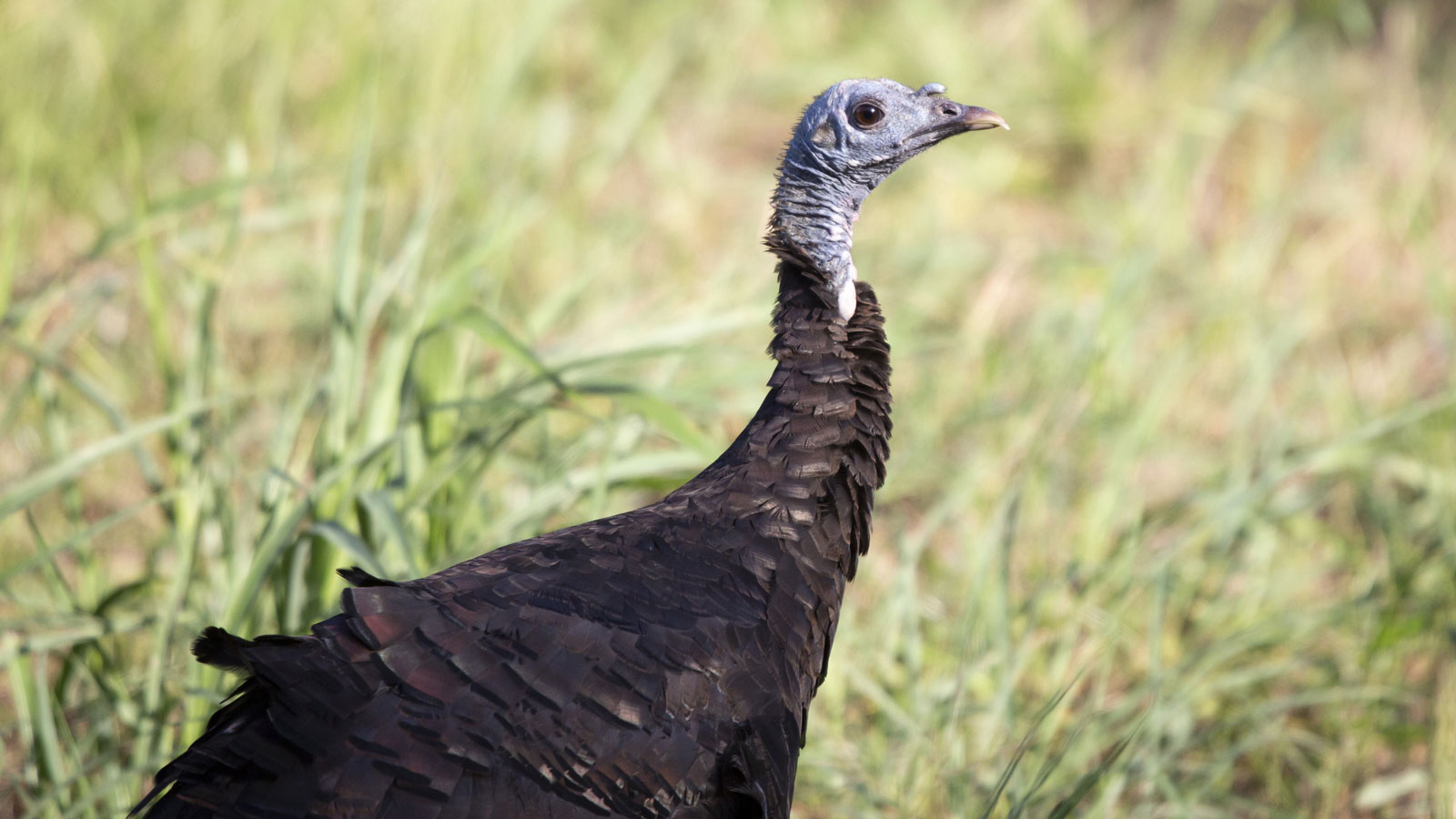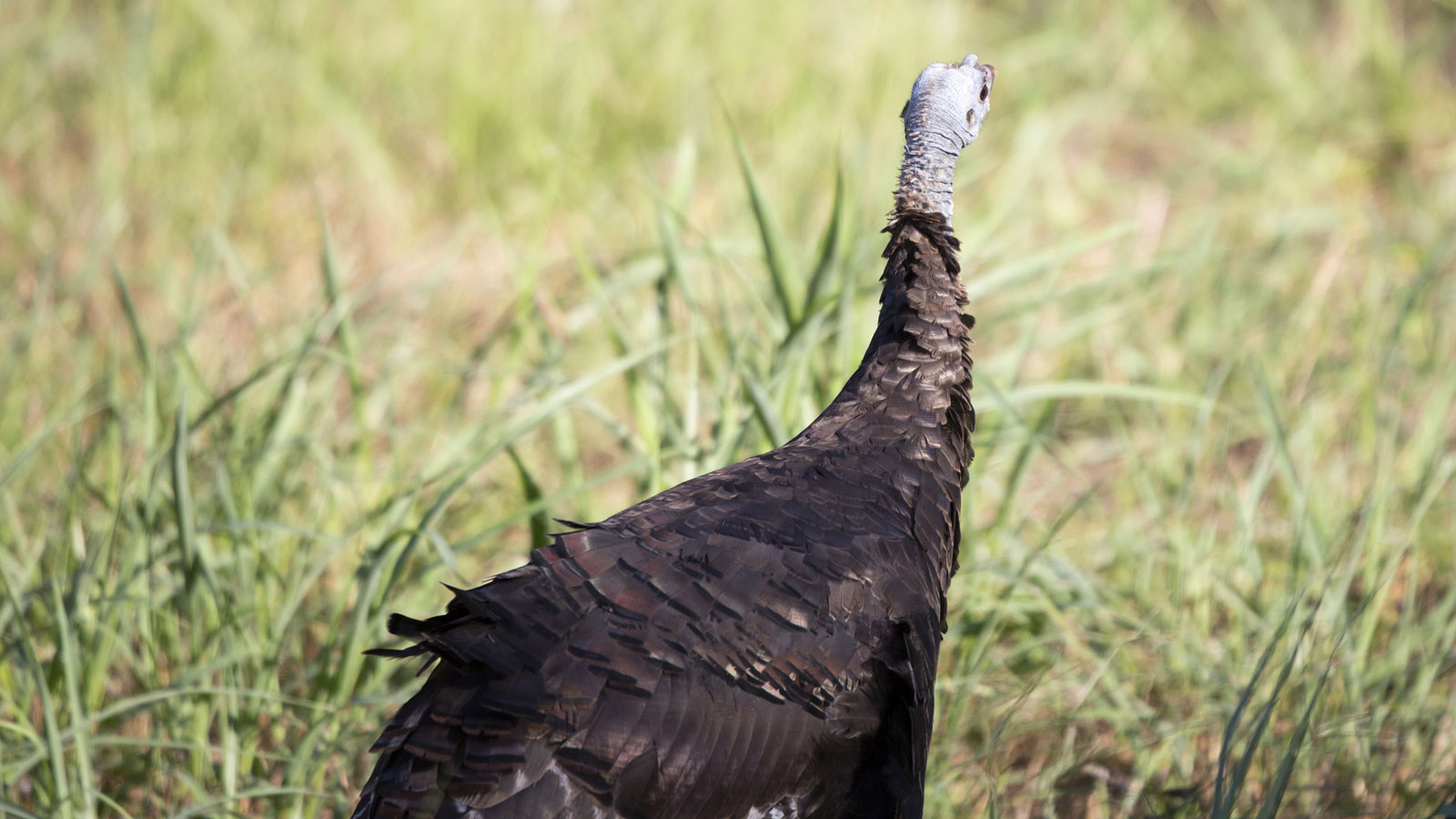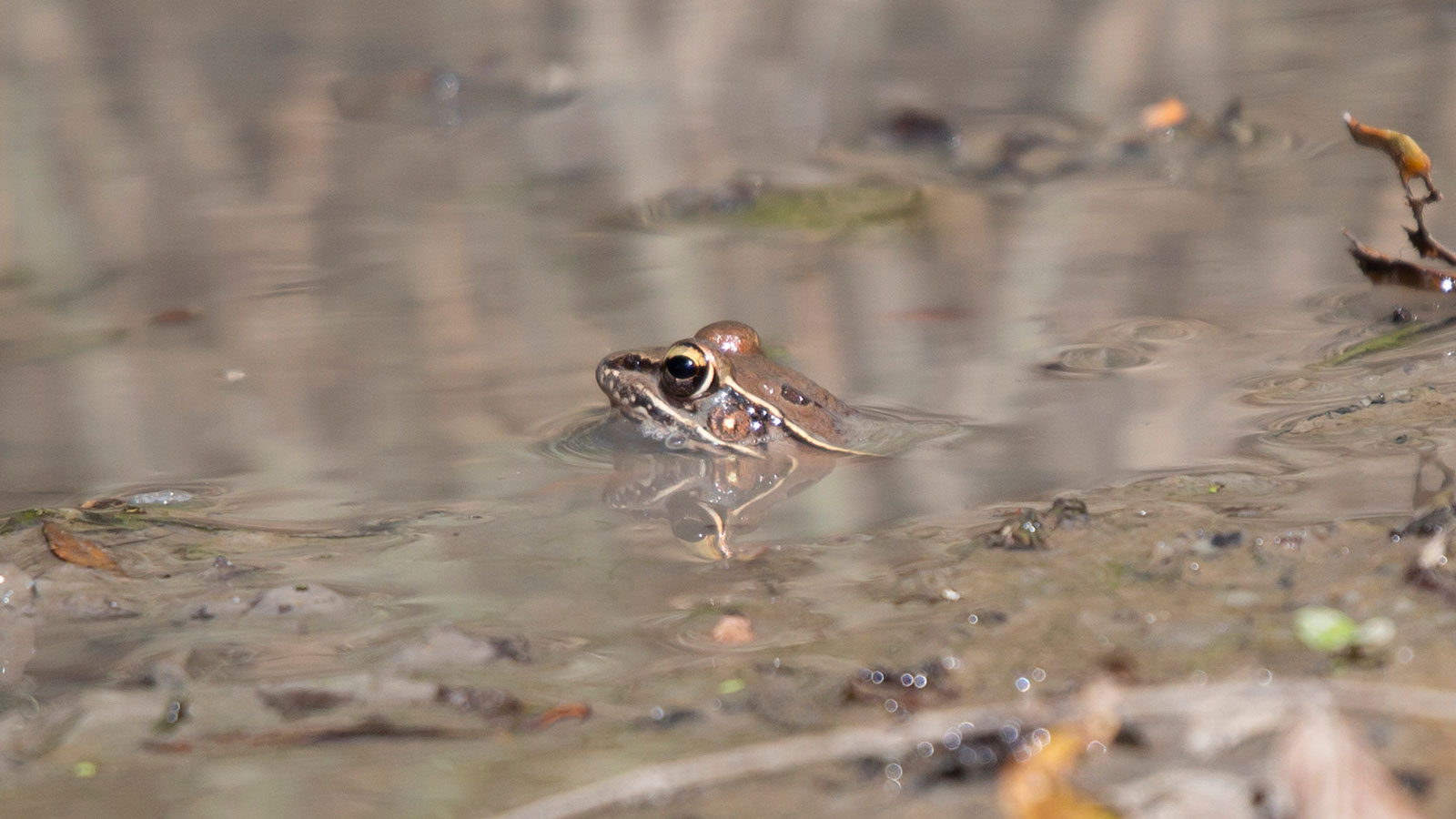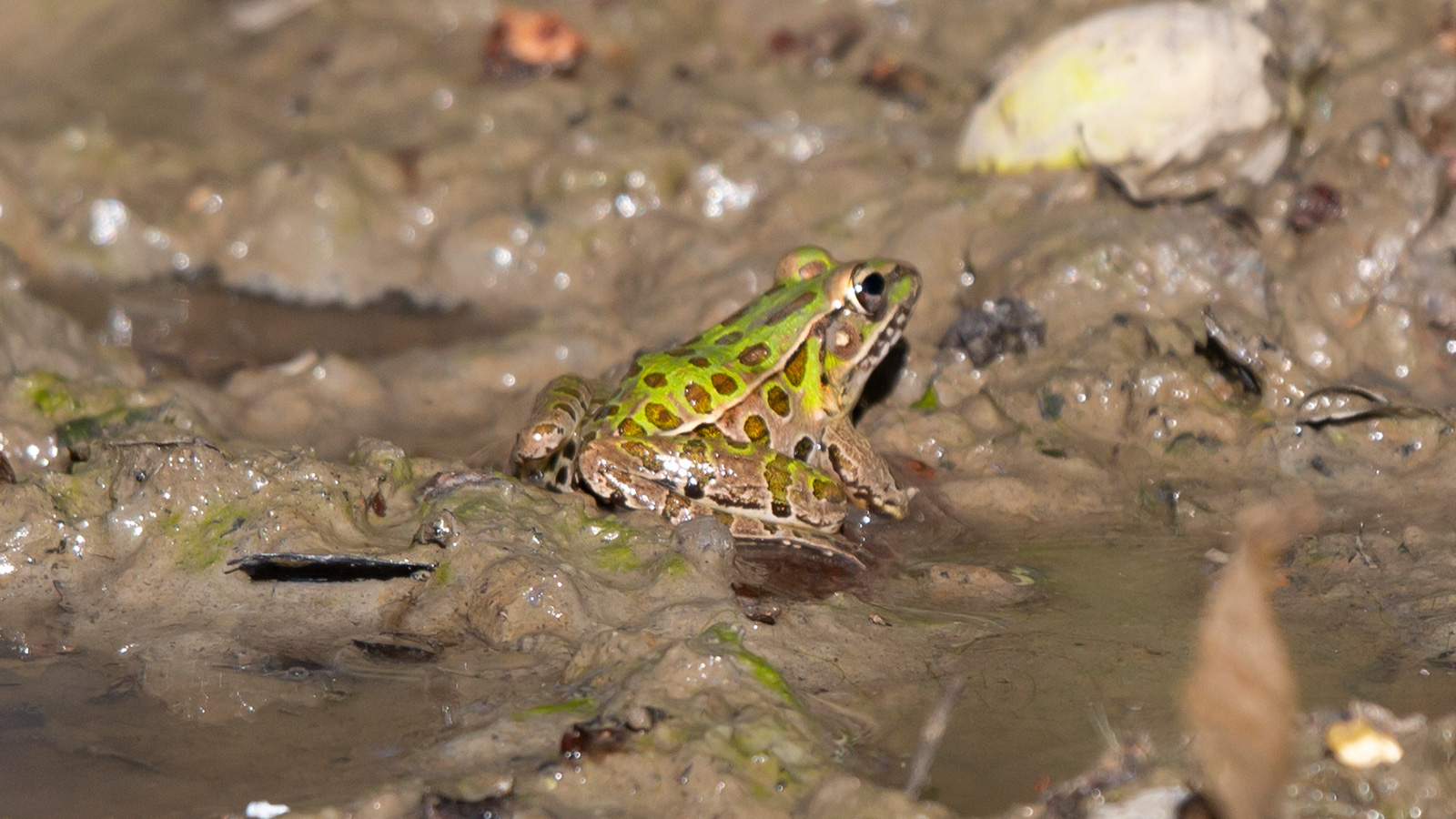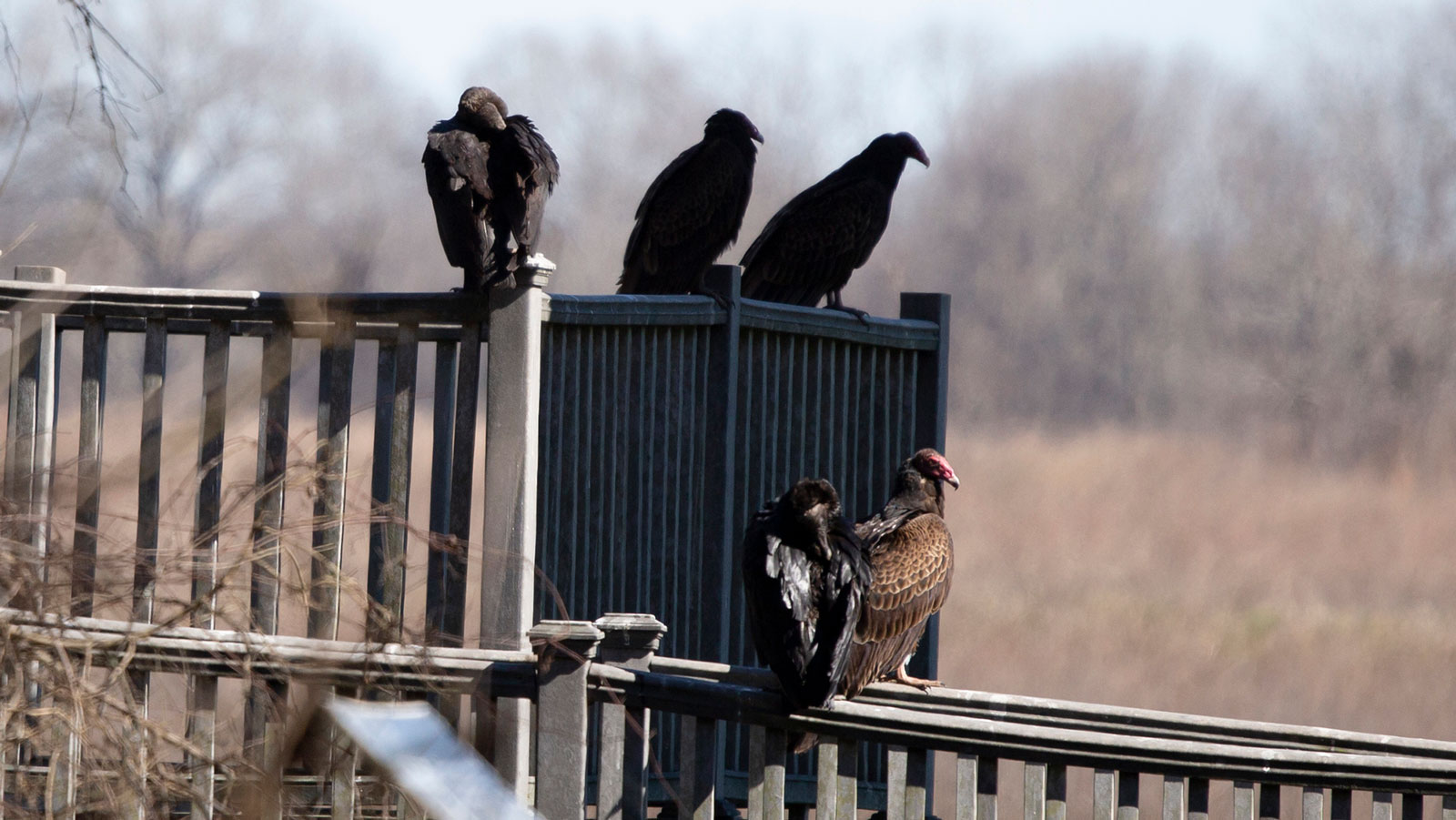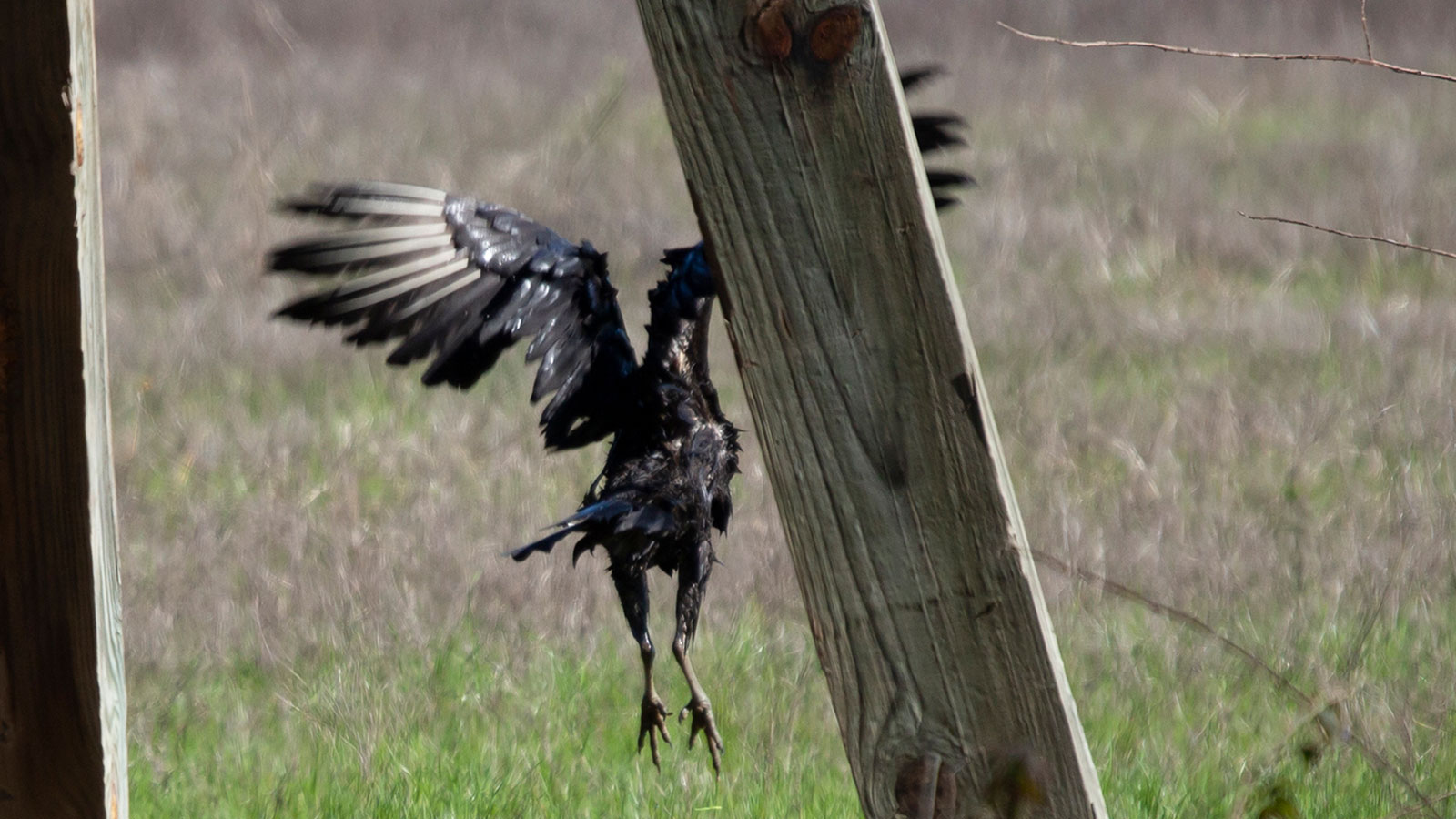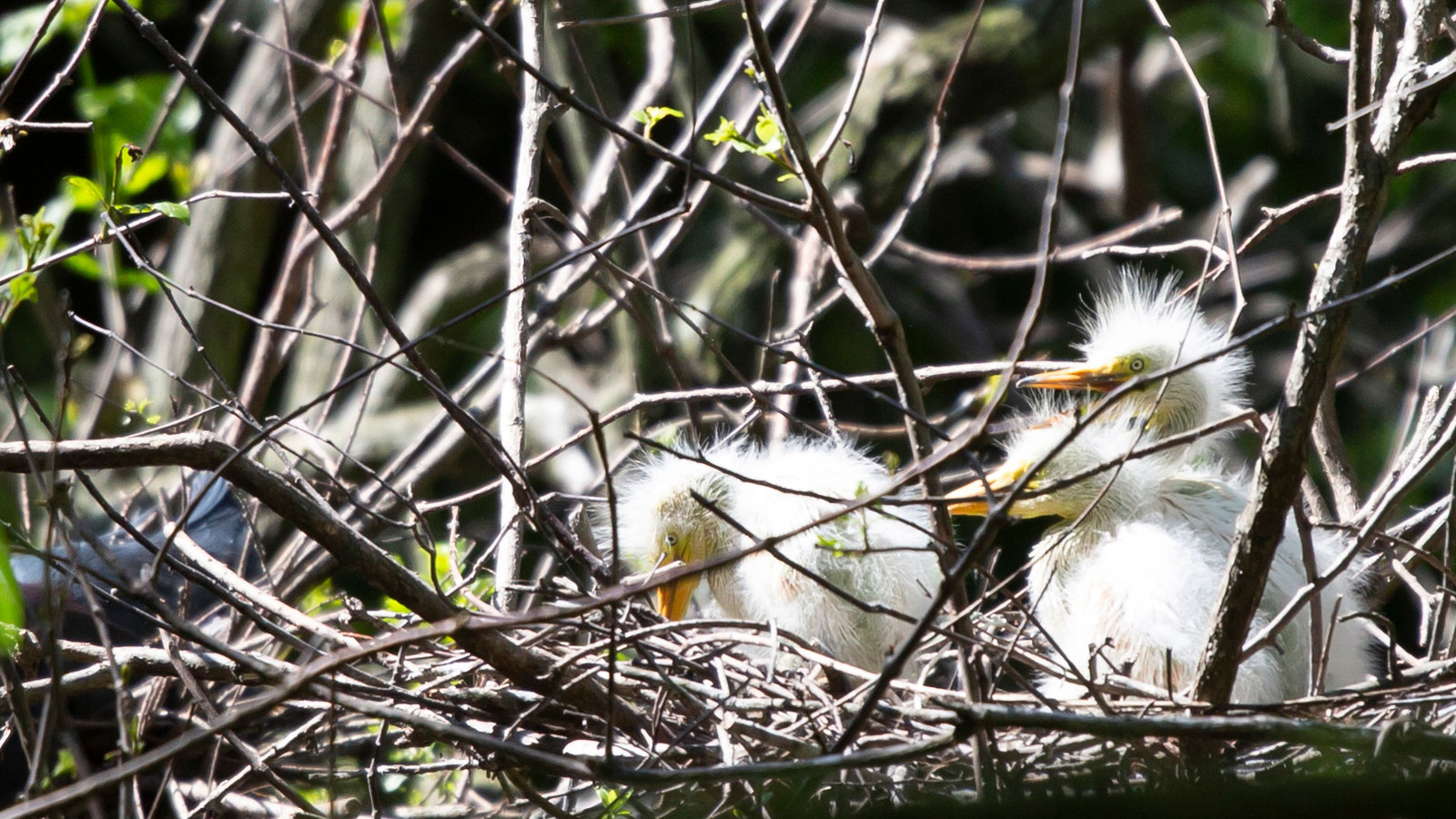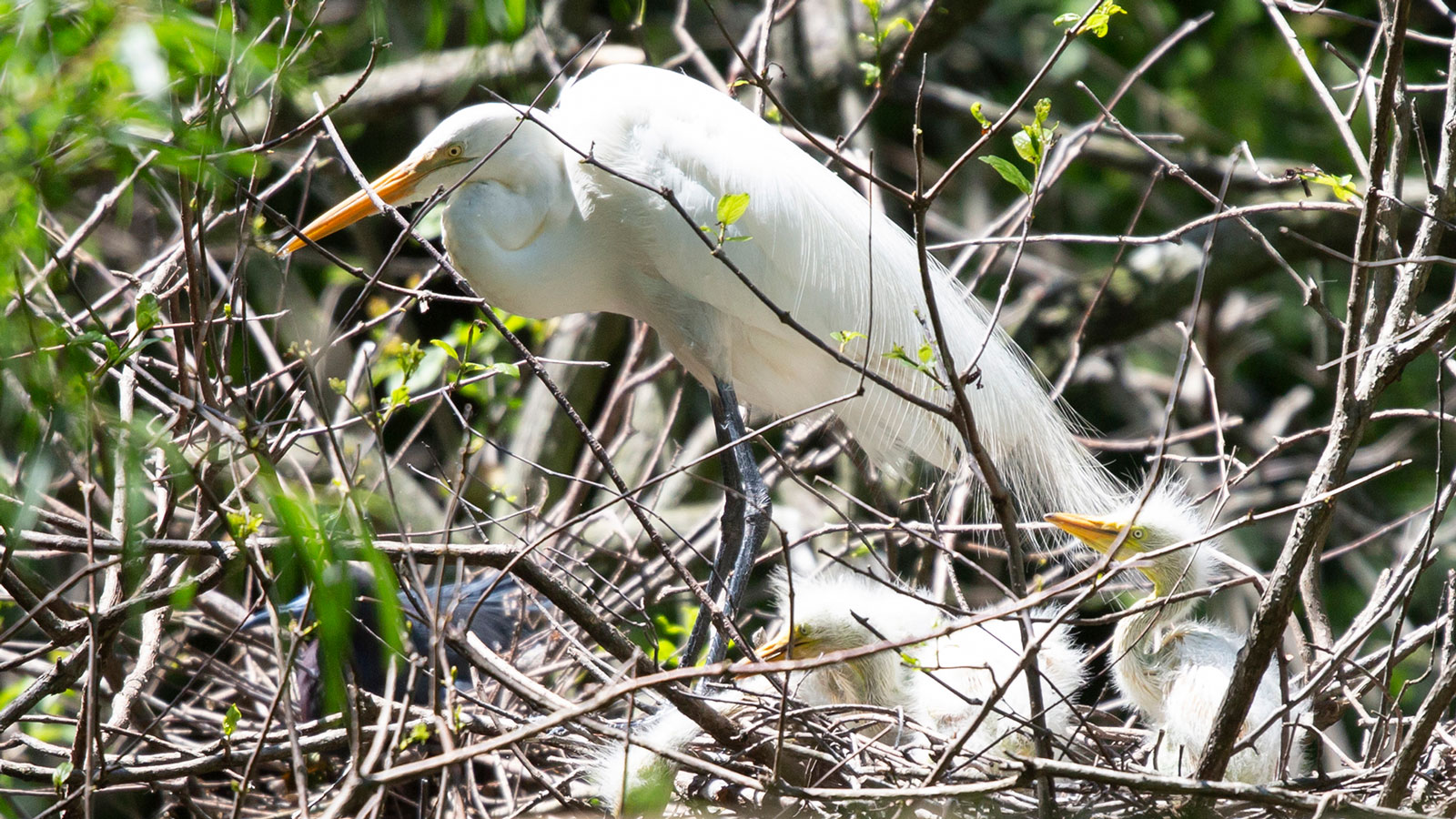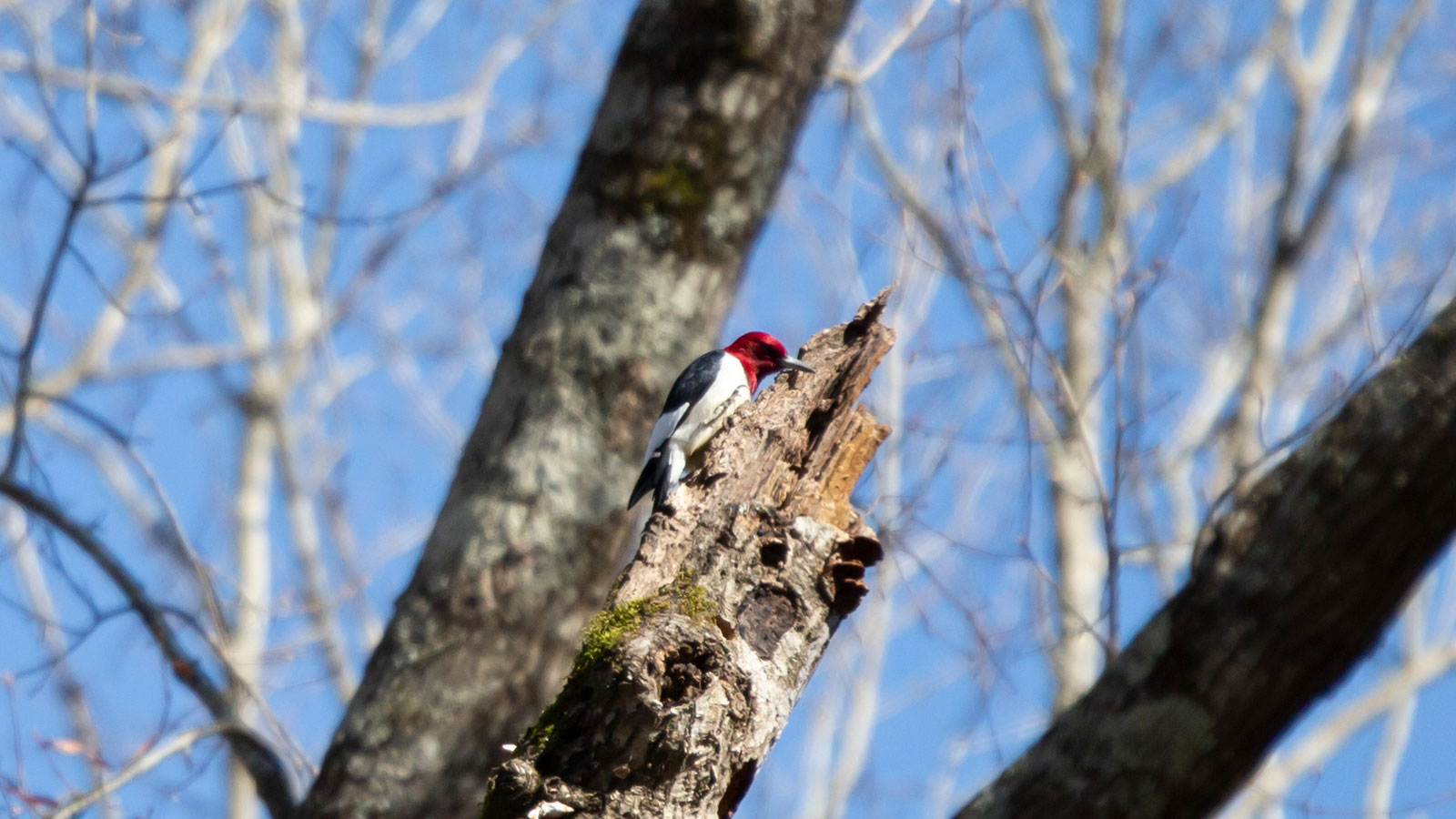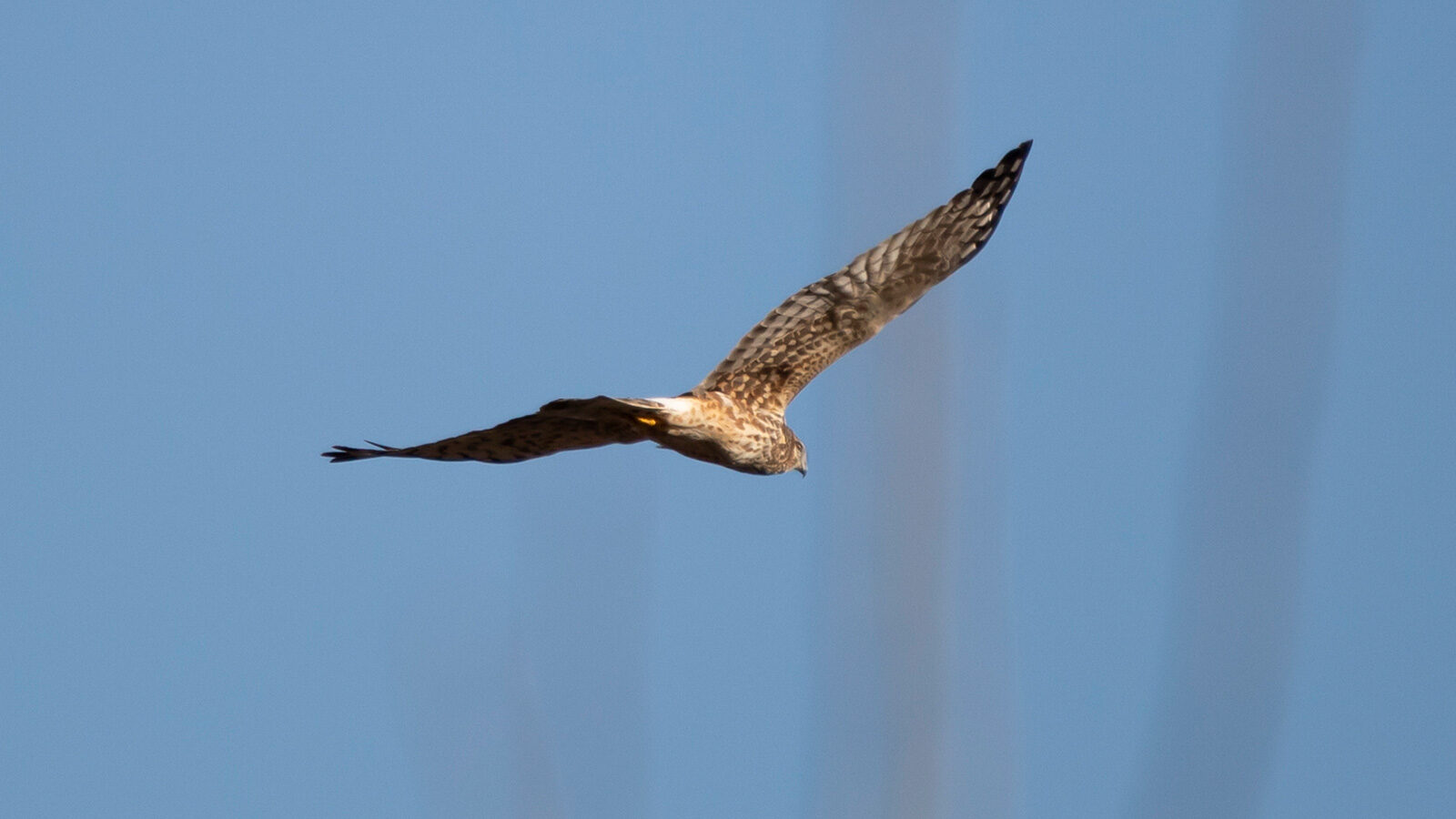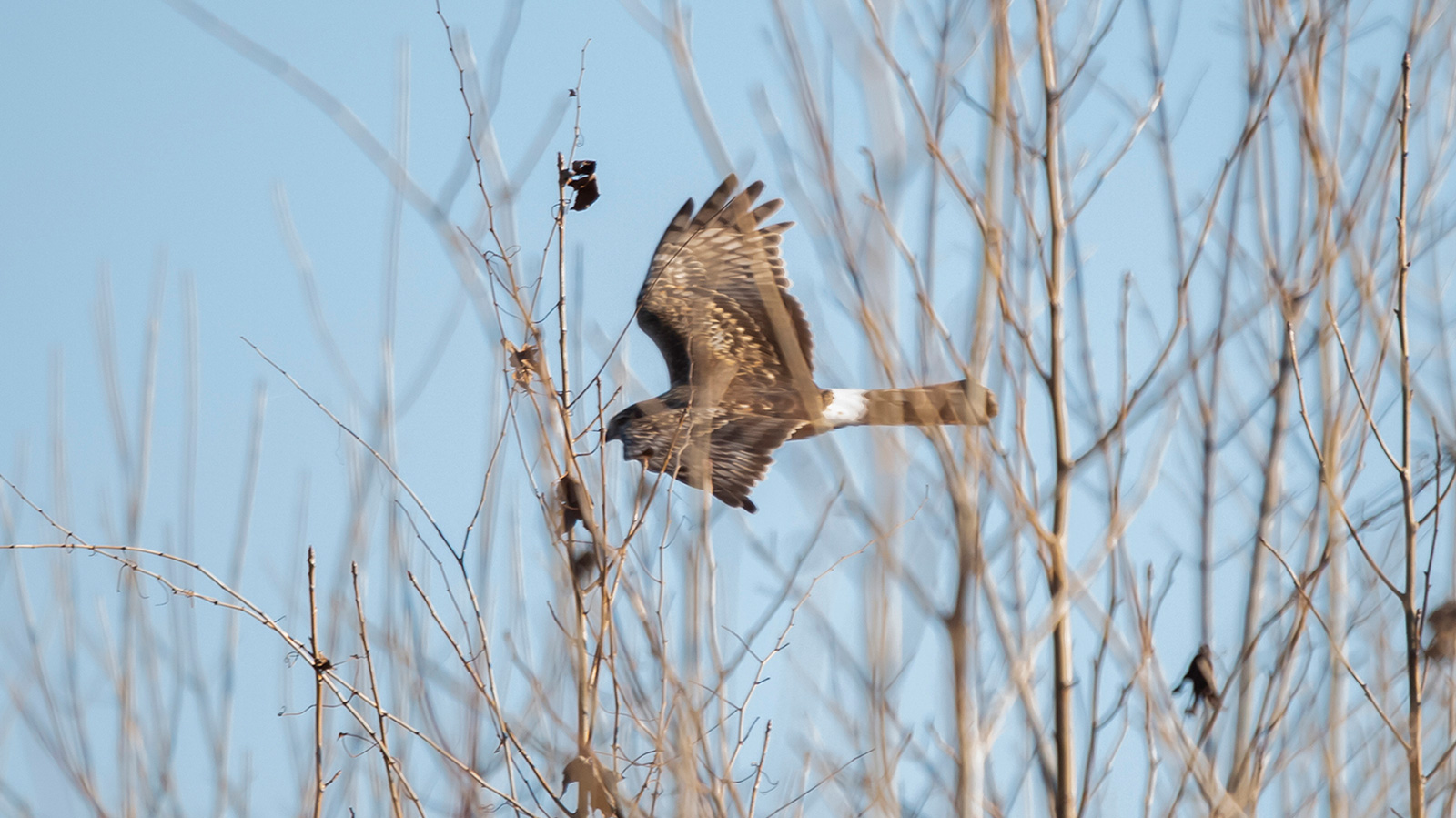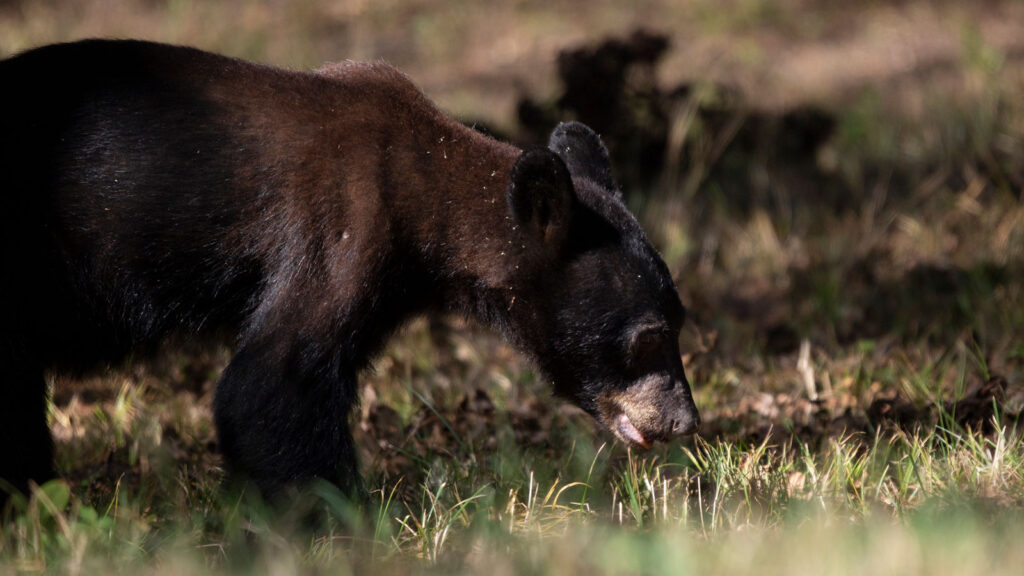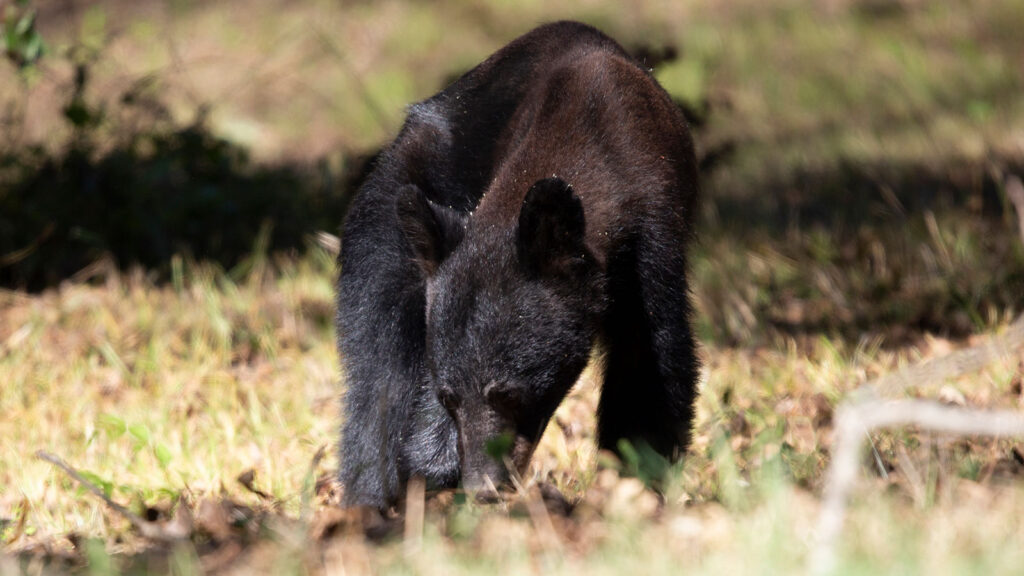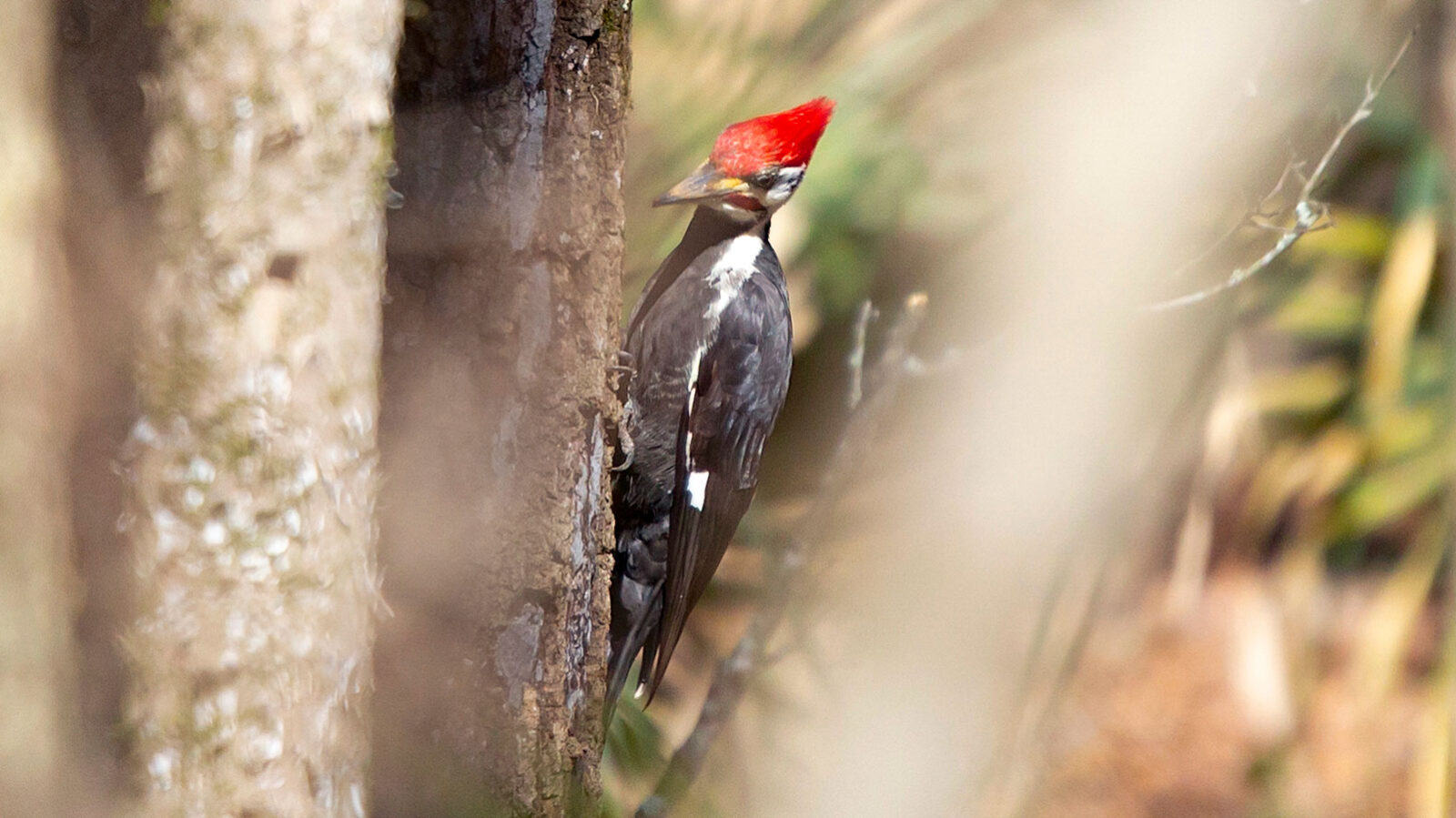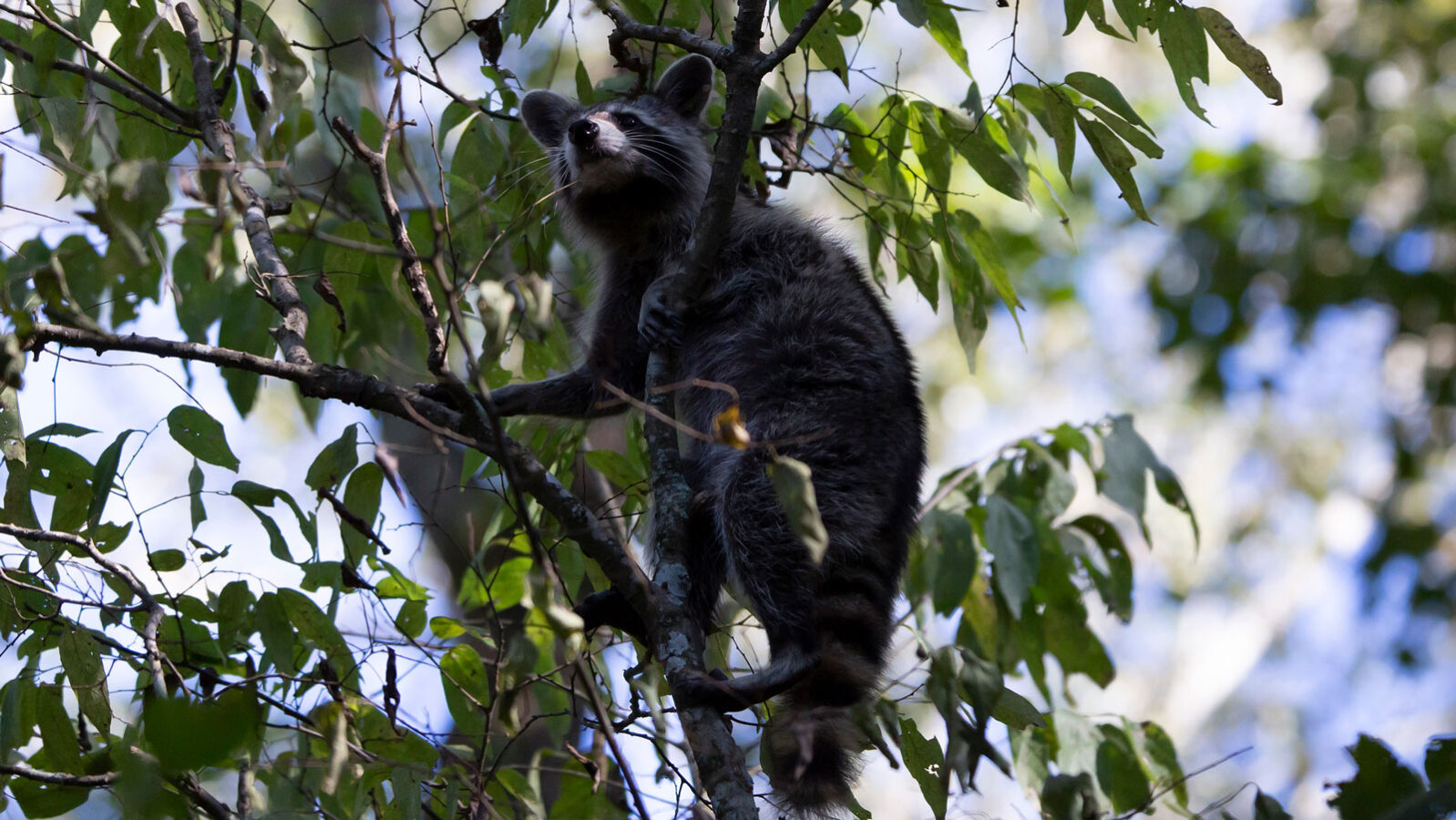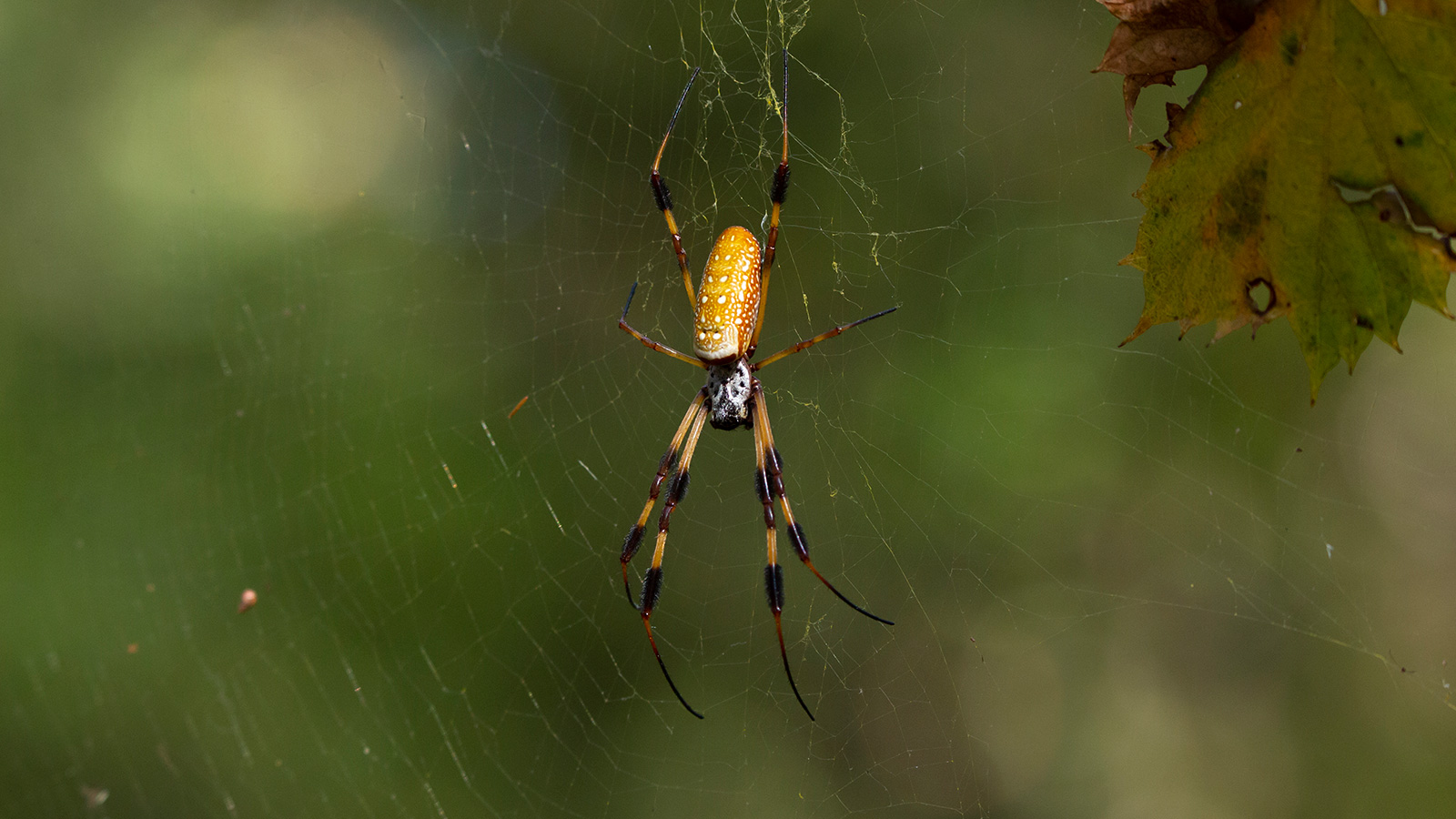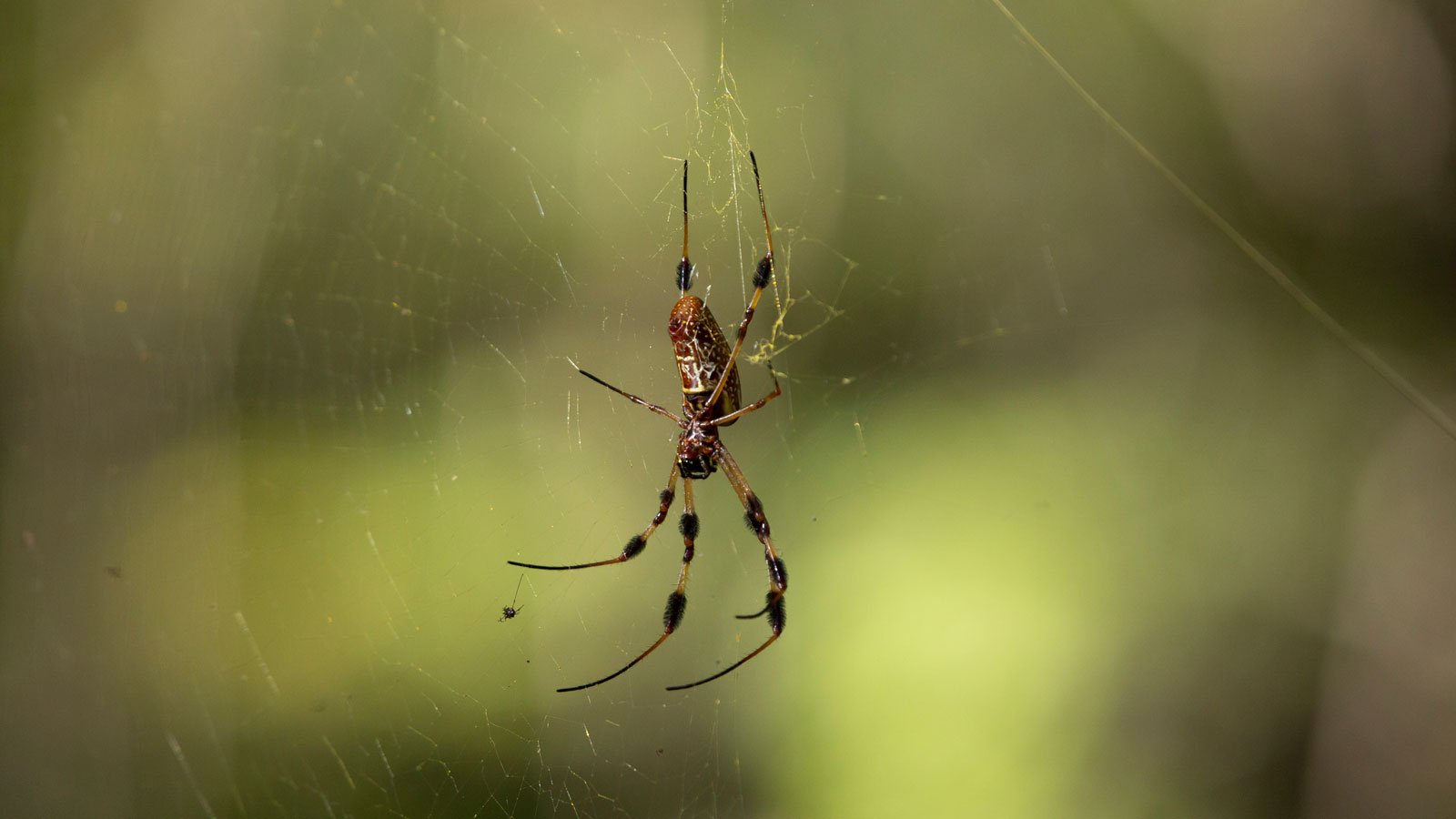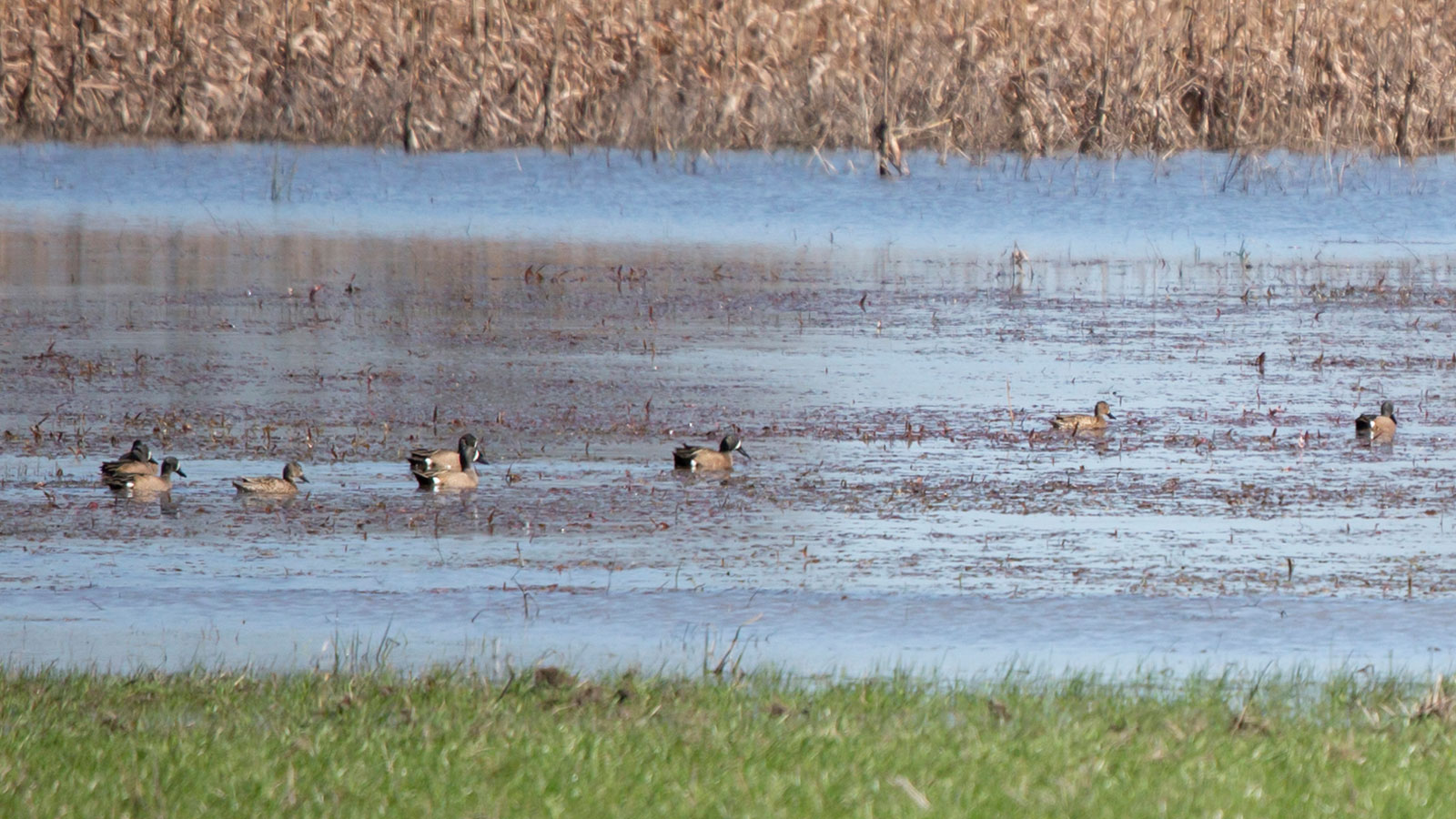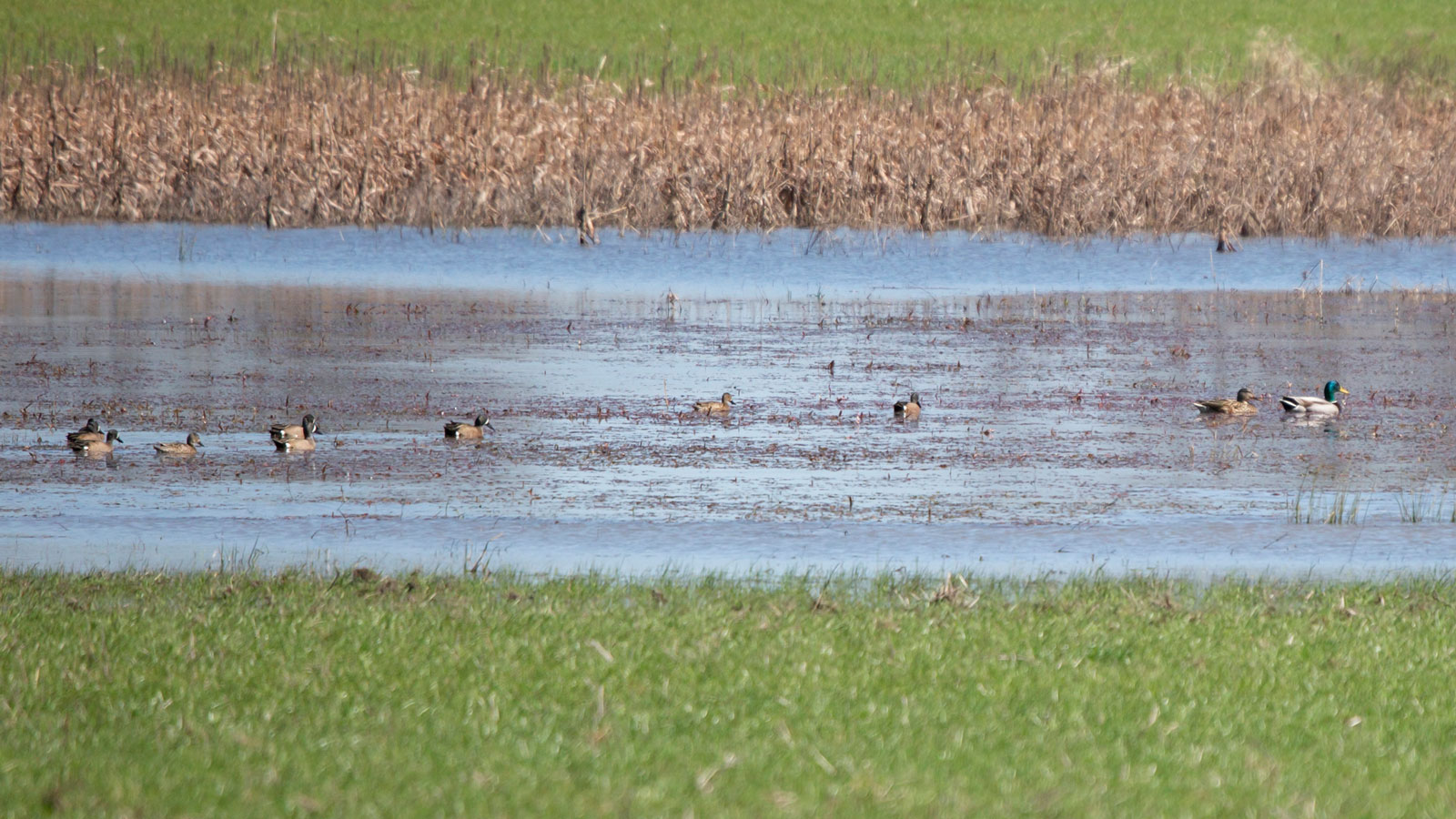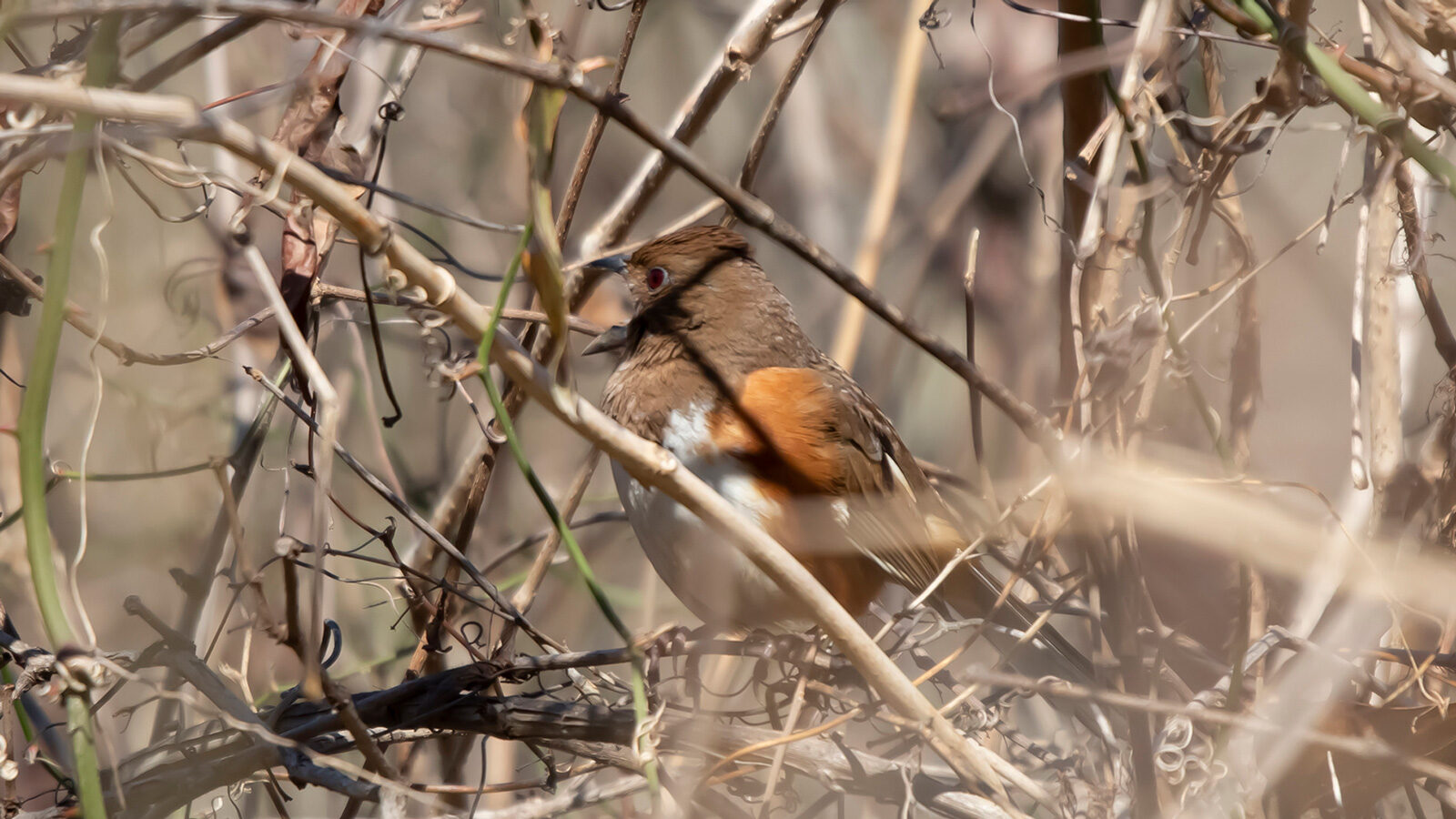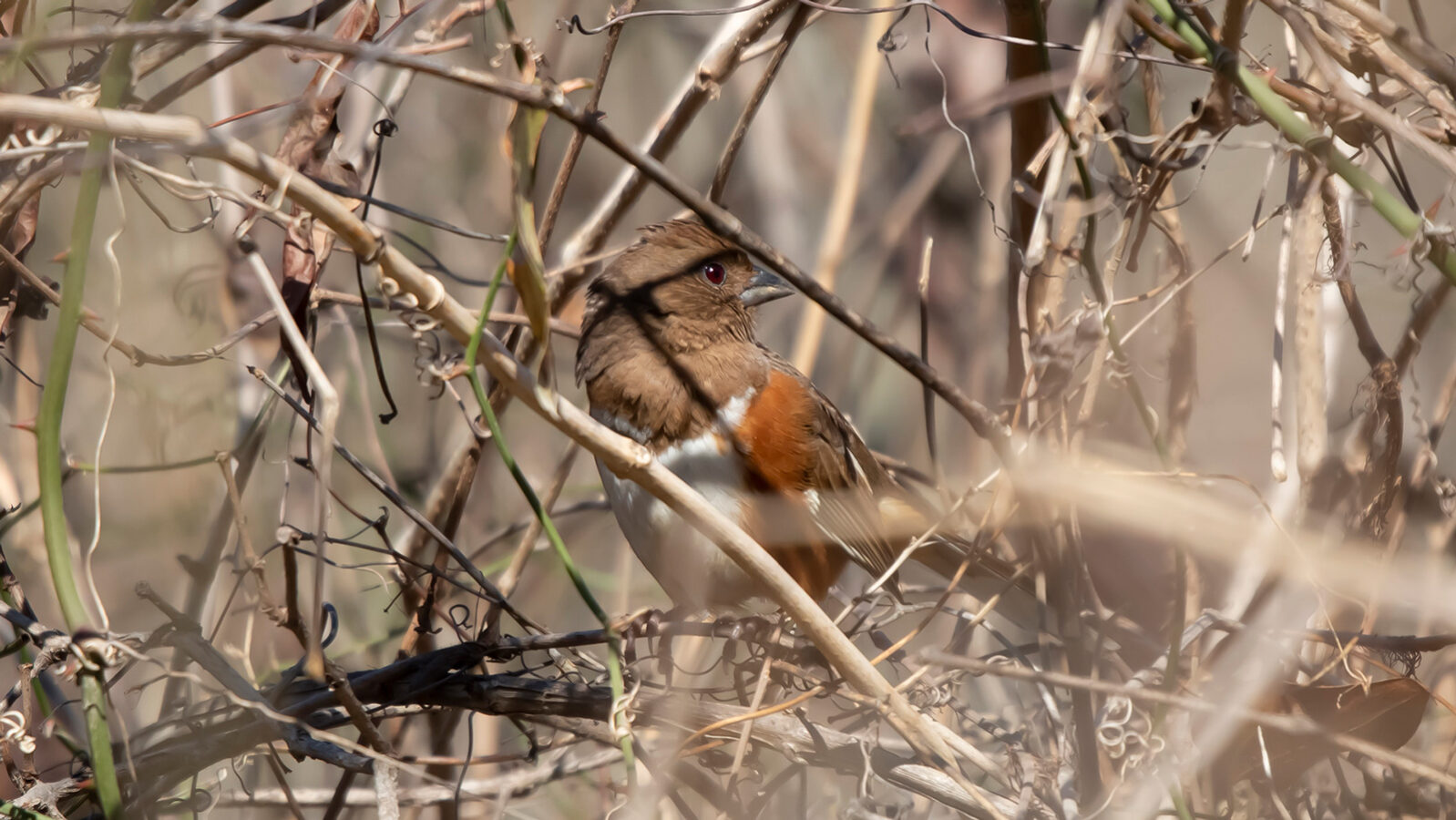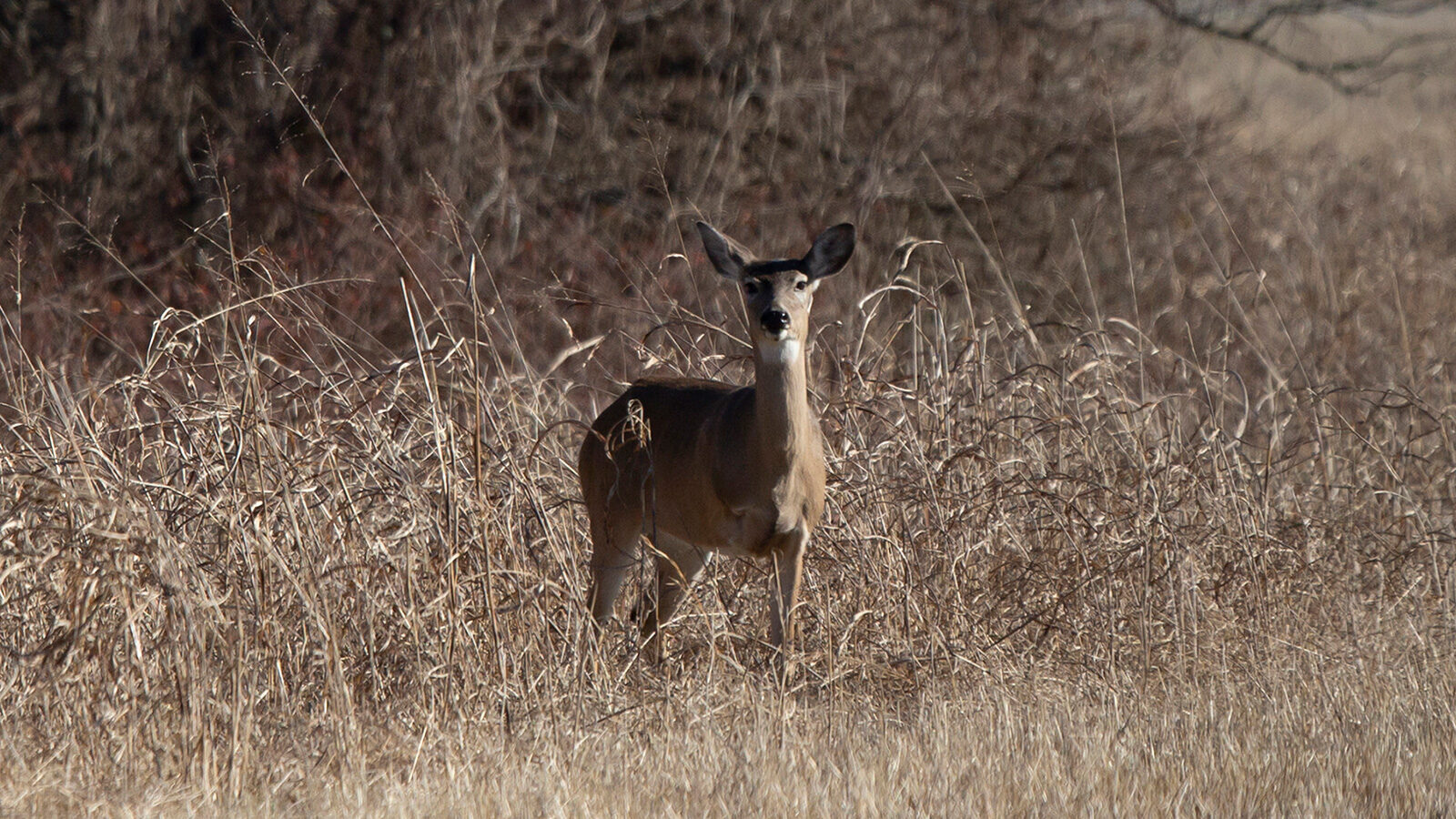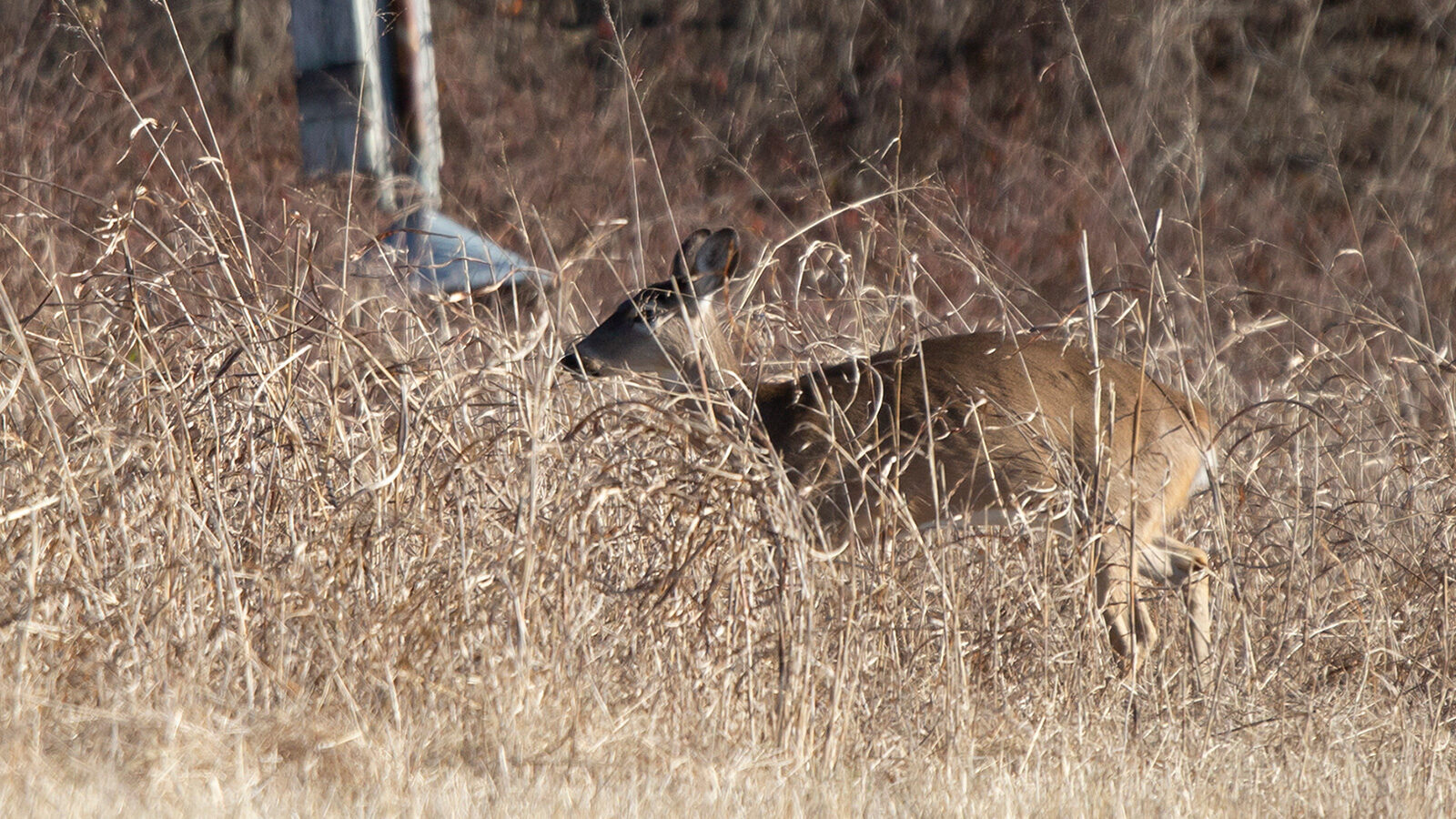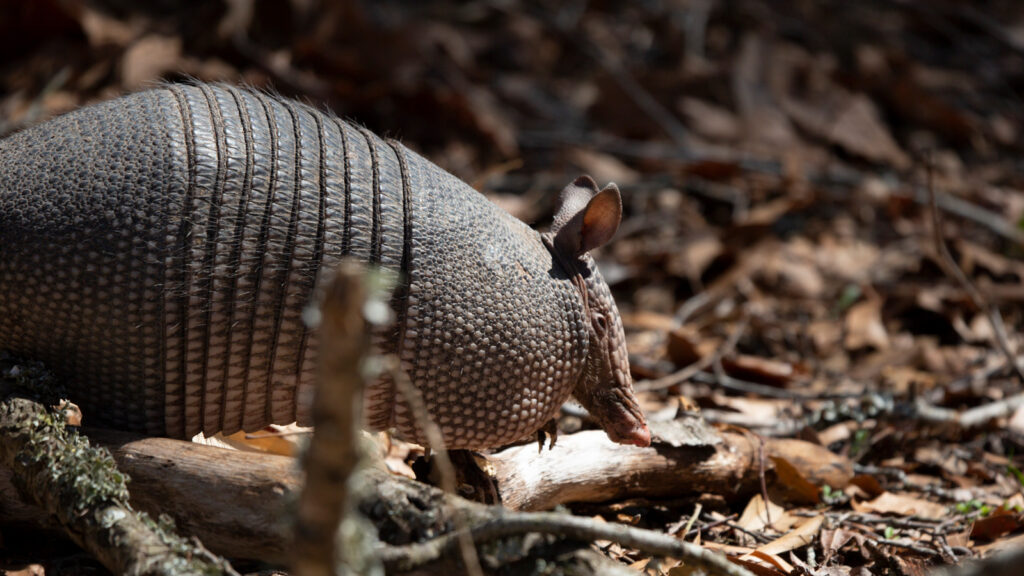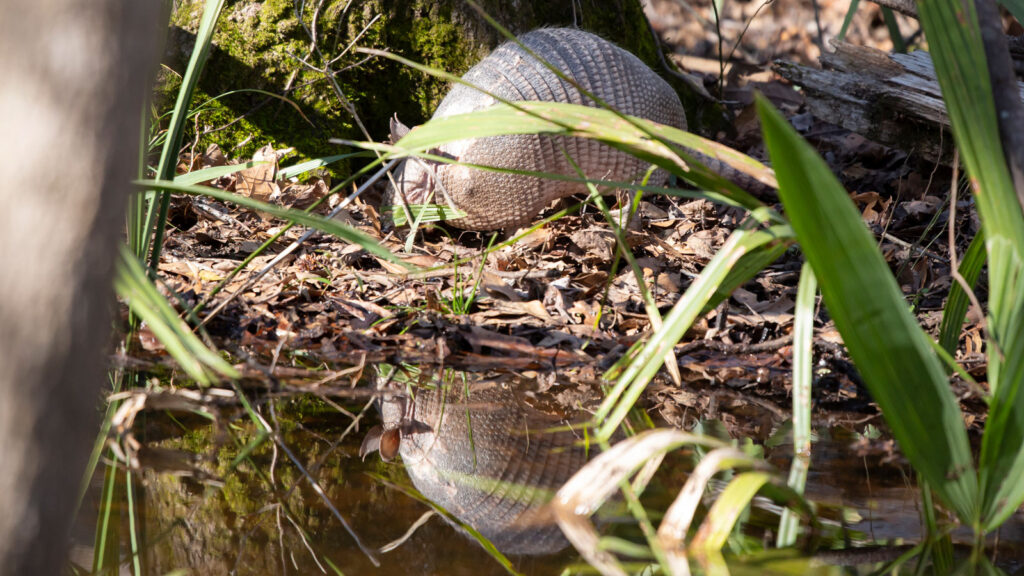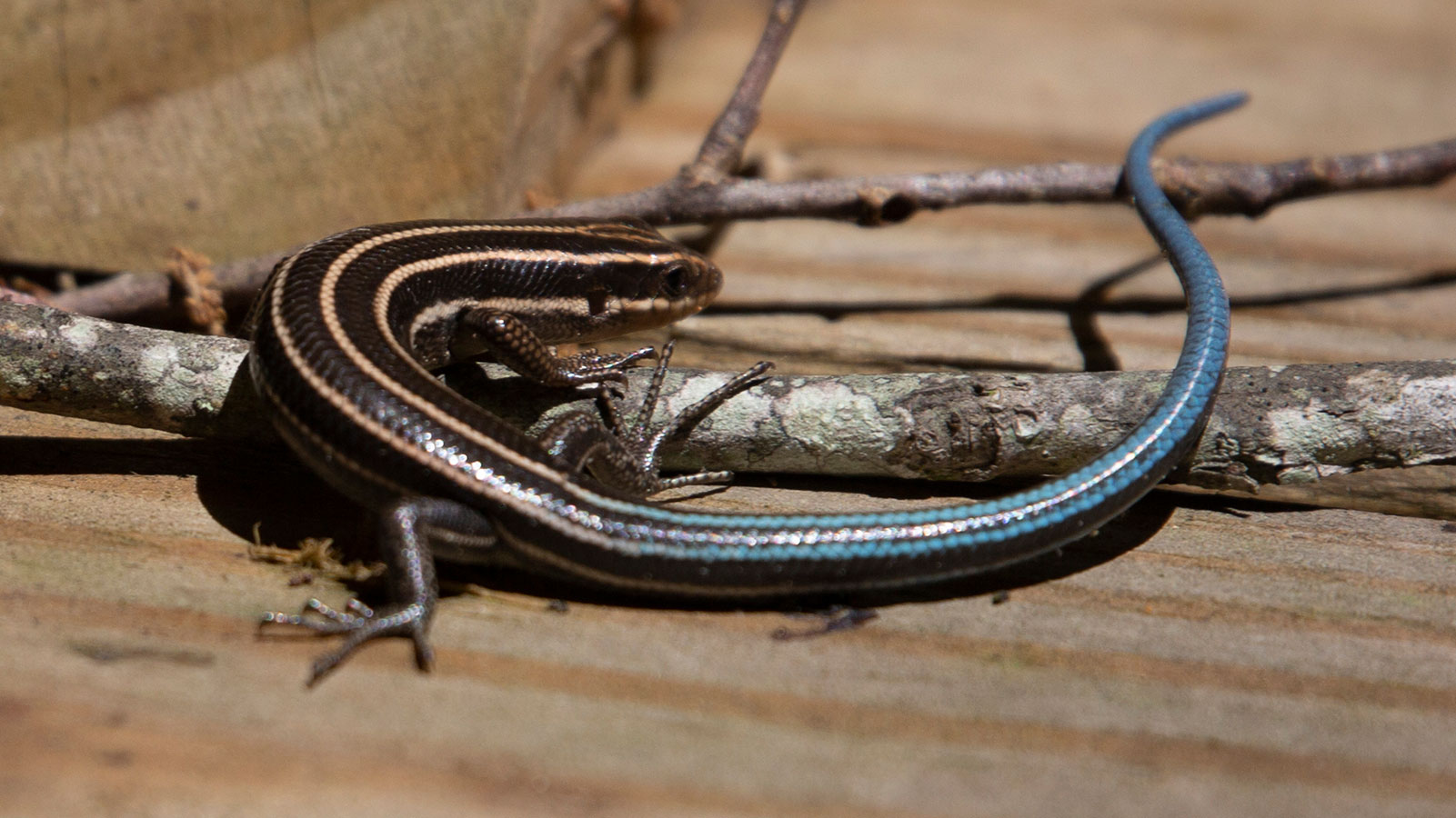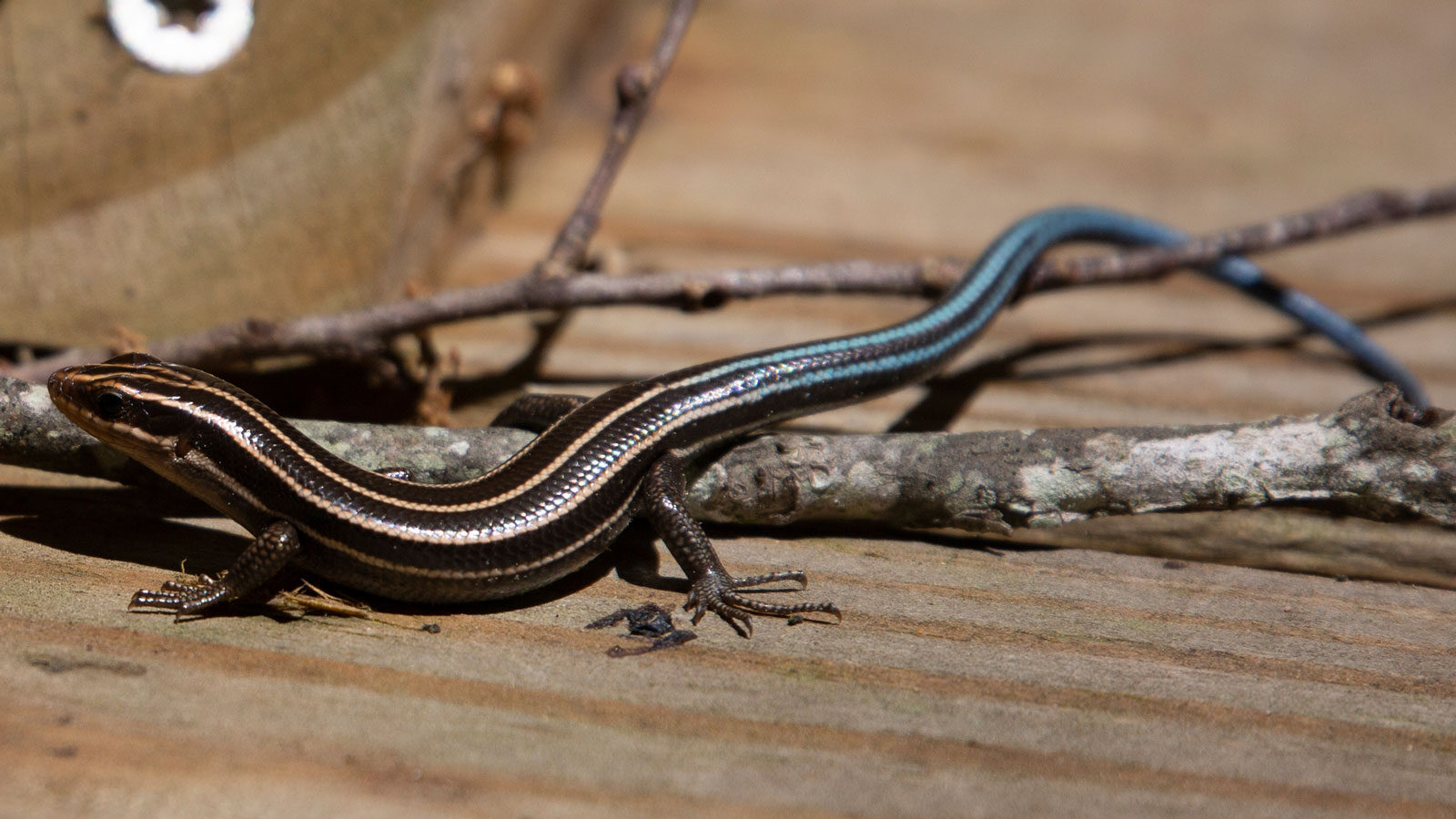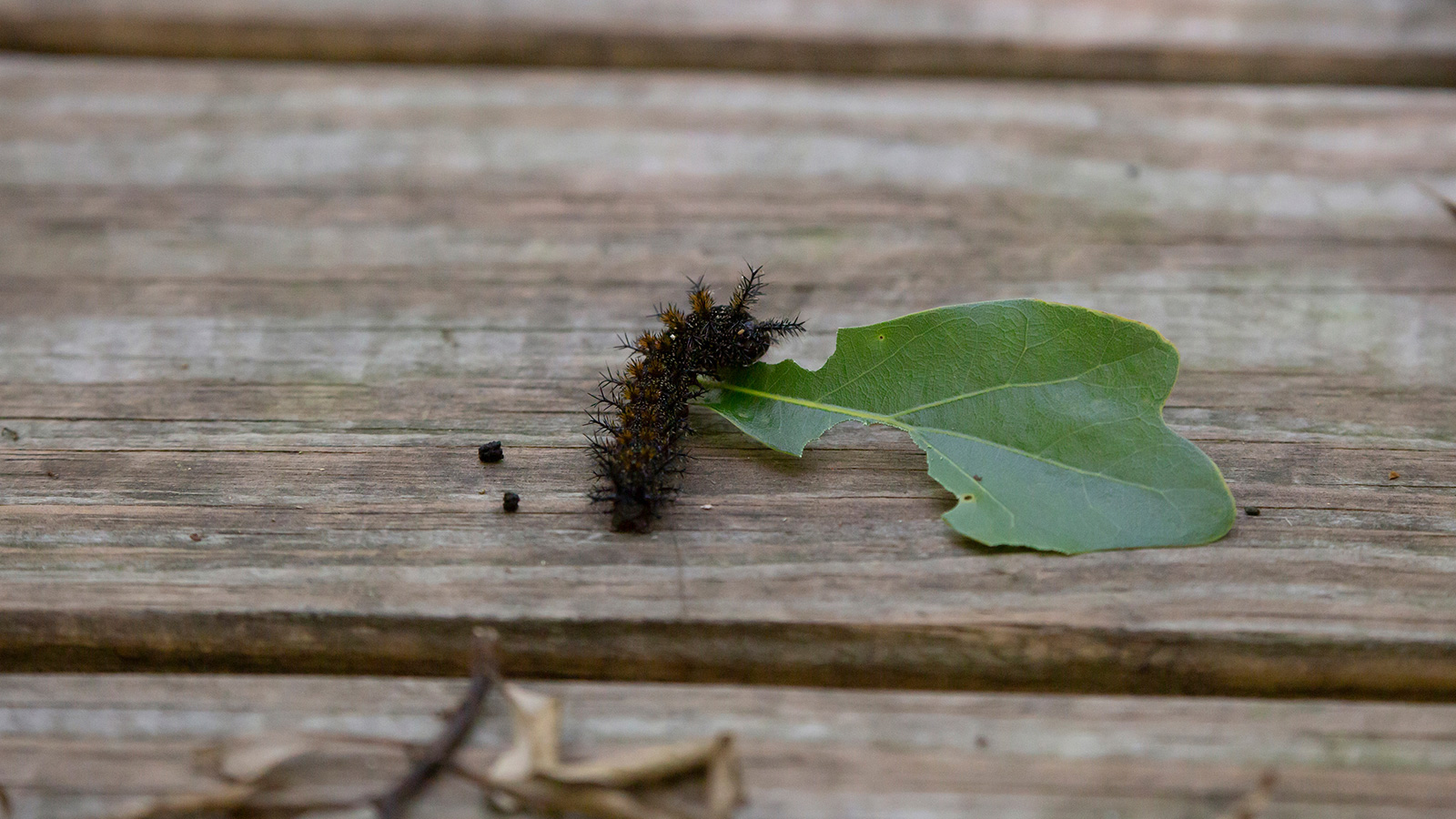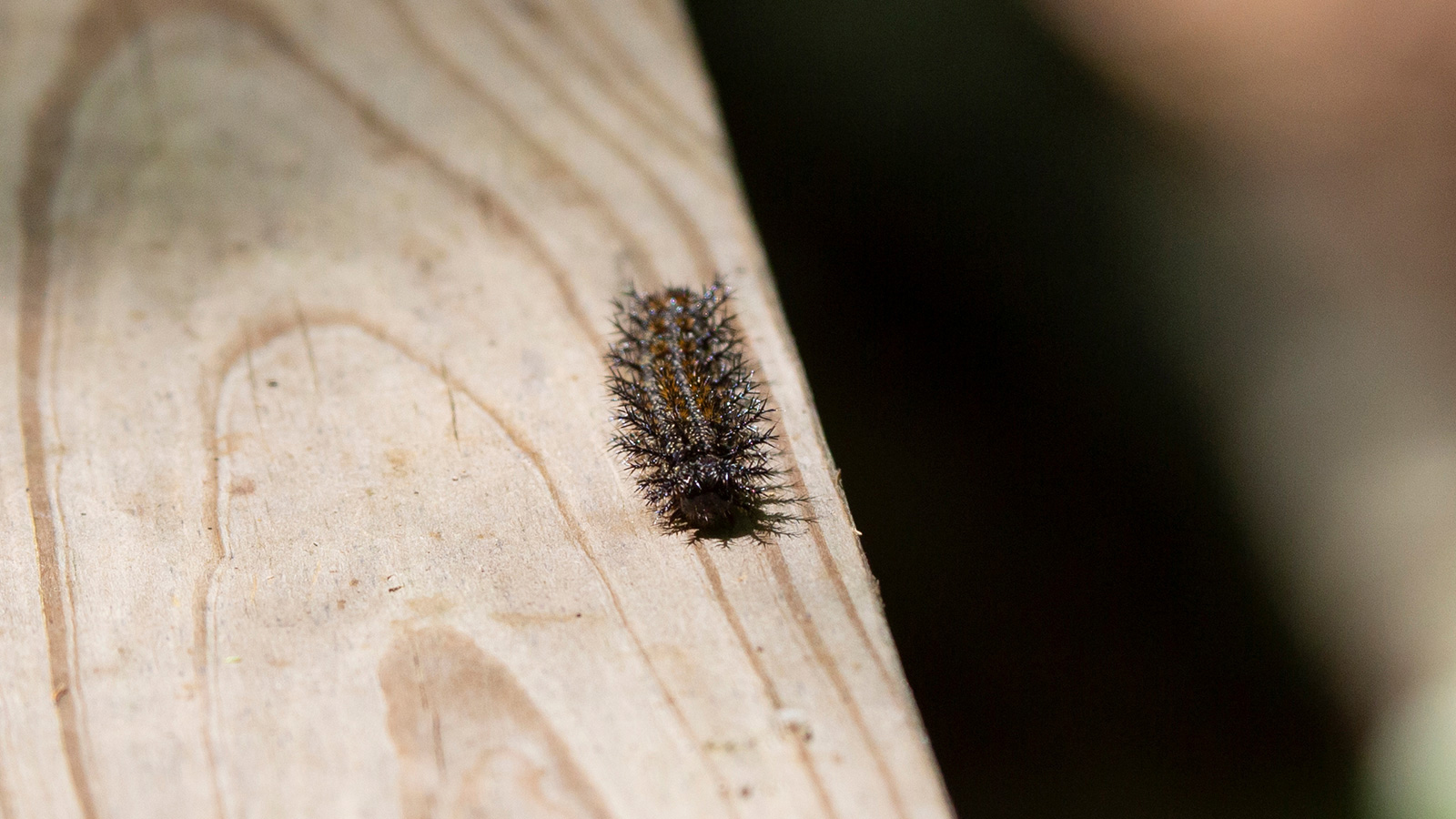Basic Info about the Refuge
The Tensas River National Wildlife Refuge in Louisiana is nearly 80,000 acres.
The Tensas River NWR in Louisiana is the largest national wildlife refuge in North Louisiana and has the largest variety of animals of any other place we’ve been. The refuge is home to over 400 species of animals, including black bears, alligators, cottonmouths, pileated, red-headed, hairy, downy, and red-bellied woodpeckers, red-tailed and red-shouldered hawks, barred owls, leopard frogs, bronze frogs, white-tailed kites, harriers, kestrels, armadillos, rabbits, turkeys, egrets, herons, bobcats, deer, skunks, ribbon snakes, towhees, anoles, vultures, warblers, flycatchers, skinks, coyotes, otters –I’d keep going, but you get the picture. This is the best place to visit if you’re looking for anything except osprey, swallows, or nutria.
Our favorite things to do are all on the main road into the refuge. The visitor center, Wildlife Drive, and Rainey Lake are all accessible from Quebec Road. We suggest that you enter through that path if it’s your first time at the refuge. We also enjoy heading in on 577 and taking Sharkey Road the rest of the way in. There is a lot of good habitat for hawks, owls, doves, coyotes, bobcats, turkeys, deer, and wild pigs in that area. We’ve even seen a really young, maybe two-foot long, alligator in a ditch along the road before the Indian Lake area.
Time the Refuge Opens in the Morning
Size in Acres
Entry Fee
By The Numbers
Learn more about the refuge.
Days Open
Species of Animals at the Refuge
So many of our favorite animals live at the Tensas River NWR that it would be impossible to pick just one if the refuge weren’t home to the black bear. Tensas is the largest tract of black bear habitat in North Louisiana and one of the largest tracts in the Louisana period.
While bears live throughout North Louisiana, this is by far the place we see them most frequently.
More about How You Can Enjoy the Refuge
The refuge is open from sunrise to sunset all year and is free to the public. There are more details about what you need to legally hunt and fish at the refuge in the tab below.
Restrooms
Although there are restrooms in the headquarters on Quebec Road, they’re rarely open on the weekends when we visit. We suggest you call ahead to check. The refuge is a little over half an hour from the last restroom near Waverly, so plan well and bring biodegradable toilet paper and a bag to rap it up in – you know – just in case. Don’t litter.
Trail Accessibility
The Tensas River NWR trails are hit or miss as far as accessibility. Most paths are pretty easy for someone using a cane to maneuver around. The Cypress Hollow Boardwalk and the Rainey Lake trails are easy to use, but some of the paths near Africa and Indian Lake are more uneven and difficult to navigate.
Learn More
Learn more about the Tensas River NWR at the refuge’s official website.
The Tensas River NWR is home to more than 400 species of animals, many of which are birds and bugs. In addition to the owls, eagles, hawks, falcons, kites, ribbon snakes, cottonmouths, rats, deer, rabbits, and bobcats, you’ll have the opportunity to see all kinds of bugs, including butterflies, dragonflies, spiders, and bees at the refuge. You can find lists of birds sighted at the refuge with Tensas River National Wildlife Refuge eBird Trail Tracker sighting list or find a list of all animals reported at the refuge on the iNaturalist “Tensas River National Wildlife Refuge Check List” page. For more info about the refuge, check out the Tensas River NWR page.
The Tensas River NWR is popular for hunters and fishers. The NWR has multiple lakes to fish off the shore and boat launches to get into the open water. You can find information on getting and maintaining your fishing license and what species you can keep, check out the Wildlife and Fisheries “Recreational Freshwater Finfish and Crawfish” page. You can also learn about the crawfishing licenses there.
The Tensas River NWR has large tracts that are open to hunting, and the populations of deer, turkeys, and small game make it an ideal place to hunt. To legally hunt at the Tensas River NWR, you’ll need a valid Louisiana hunting license and a Migratory Bird Stamp for hunting waterfowl. Learn more about federal hunting laws enforced by the U.S. Fish and Wildlife Service at the Tensas River NWR “Hunting” page and the Louisiana Wildlife Management “WMA/Refuge/Conservation Area Licenses and Permits pages.”
Visit Other Areas
The Tensas River NWR is one of many places you can enjoy our local wildlife.
Explore North Louisiana's Outdoors.
Learn about national wildlife refuges, Kisatchie National Forest ranger districts, state wildlife management areas, and state parks found throughout North Louisiana.

